Best
Budget Student Cello
-
Overall: Solid tonewoods for a superior sound
-
Best Feature: Durable yet precise pau rosa tuning pegs
-
TedScore™: 7/10
Best
Overall Student Cello
-
Overall: Built from high-quality wood and hand craftsmanship
-
Best Feature: Capable of beautiful rich tonal colours
-
TedScore™: 8.5/10
Best
Student Cello Outfit
-
Overall: Hand-carved solid spruce top and solid maple back and sides
-
Best Feature: Ebony fingerboard and pegs
-
TedScore™: 7/10
Welcome to the ultimate fingering chart for Cello…
As a professional cellist with years of experience, I’ve dedicated my life to uncovering the secrets of this magnificent instrument.
From playing in renowned symphony orchestras to teaching aspiring musicians, my journey with the cello has been an adventure.
But let’s face it, navigating the world of cello fingering can be as tricky as trying to find the end of a roll of tape – frustrating and sometimes downright comical.
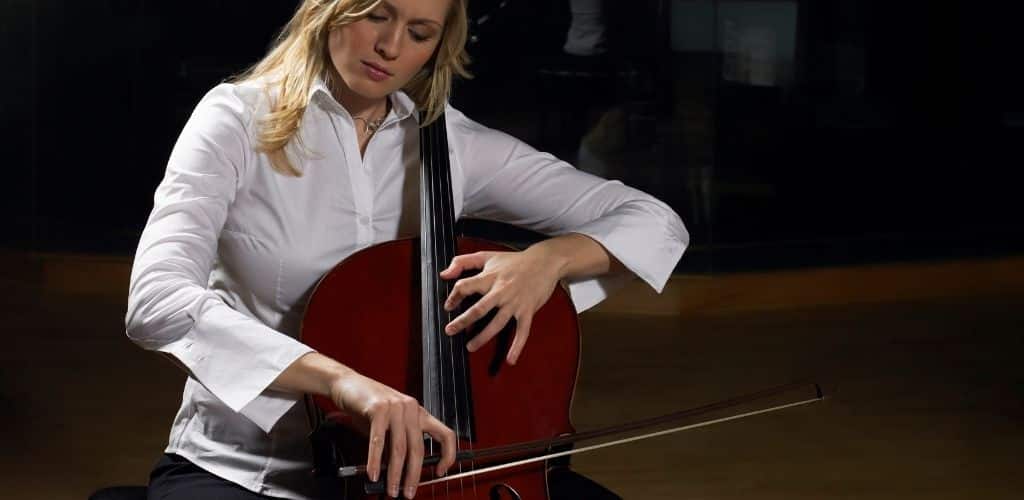
That’s why I’ve poured my expertise into creating this comprehensive fingering chart for the cello.
No more fretting over finger placements or feeling like your fingers are dancing awkwardly on the fingerboard!
This guide will demystify the art of cello fingering in an informative and entertaining way.
So, grab your bow, rosin up those strings, and let’s embark on a musical journey that will have you mastering the cello in no time. Get ready to impress your audience with flawless fingerwork that will leave them in awe!
Understanding the Basics
The Importance of the Cello Fingerboard

The cello fingerboard is your map to playing beautiful music. It’s where your fingers work their magic to create different pitches and bring notes to life.
Understanding the fingerboard is crucial for accuracy and sustainability when playing the cello.
A cello fingering chart can greatly enhance your skills and make your learning journey smoother.
Fundamentals of Finger Placement
To begin, let's look at the basic components of a cello fingering chart:
The cello has four strings – C, G, D, and A.
Positions refer to the location of your fingers on the fingerboard.
Each position on the fingerboard corresponds to a specific note based on which string you are playing.
The pitch of a note is determined by the finger placement on a specific string.
These are spots on the cello fingerboard that help you identify different positions more easily.
A note played without any fingers touching the string.
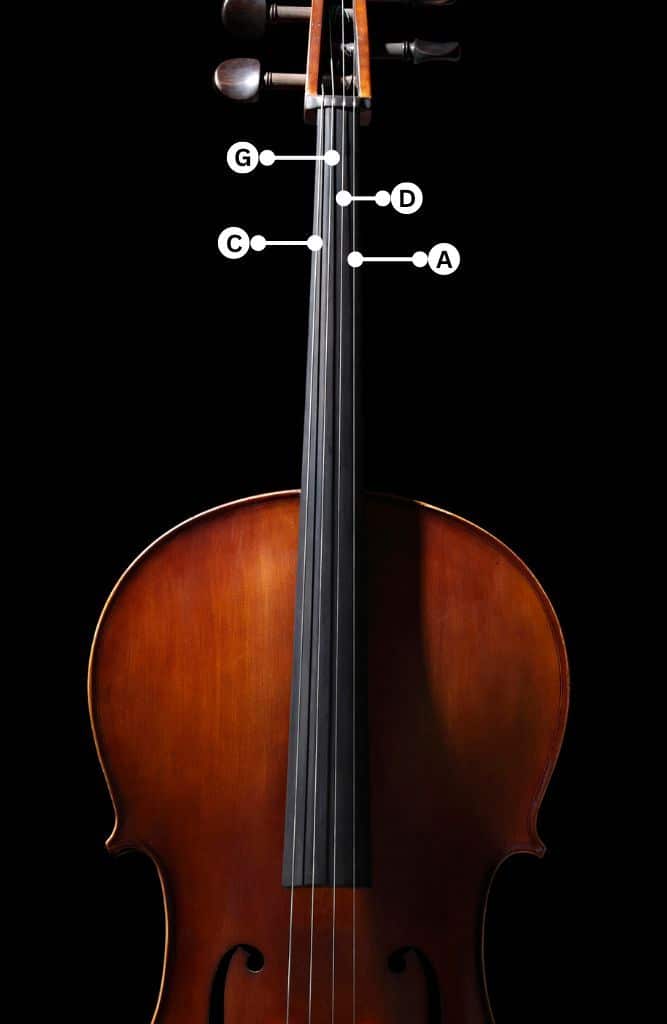
A typical cello fingering chart uses a diagram to represent finger placements, positions, strings, and landmarks.
Mastering finger placement becomes increasingly vital as you learn to play the cello. The proper placement of your fingers directly impacts the accuracy and sustain of each note you play.
Using a cello fingering chart lets you quickly learn and reference different positions on the fingerboard – making it an invaluable tool in your musical journey.
Here’s a basic example of a fingering chart for the cello:
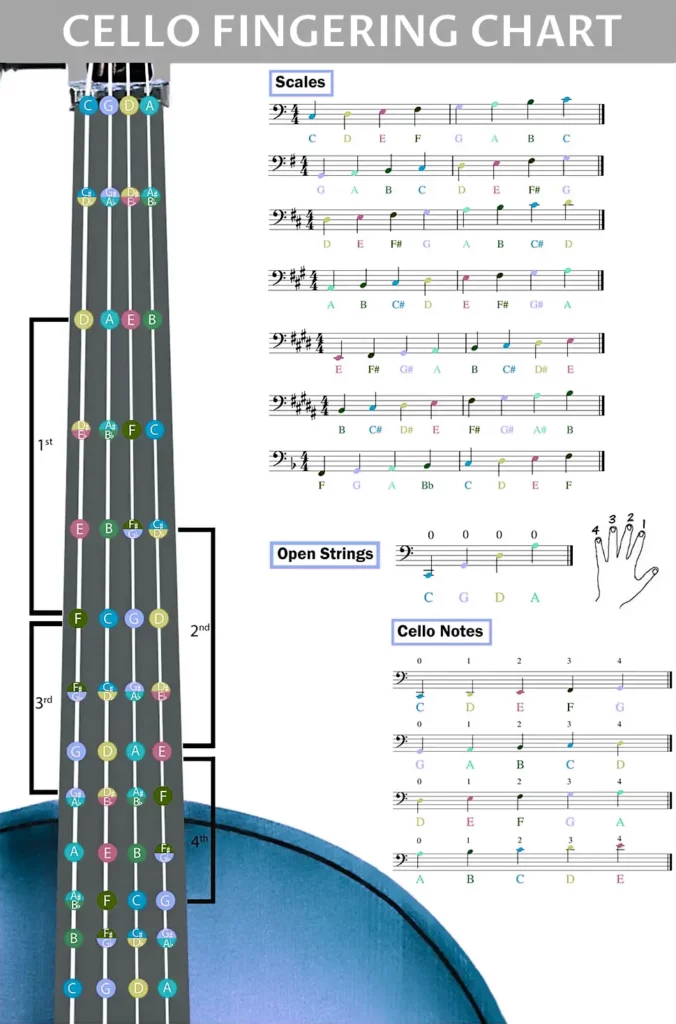
Understanding the basics of the cello fingerboard and finger placement can make all the difference in your ability to play with precision and confidence. Happy playing!
Reading the Cello Fingering Chart
Deciphering Chart Layout and Symbols
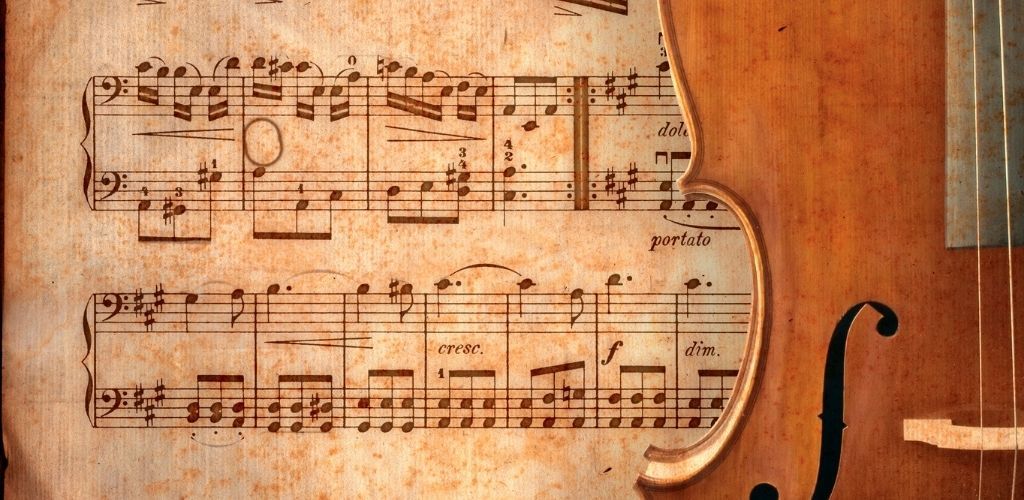
This diagram will help you find the correct fingerings for each note on the fingerboard. The chart typically displays the cello’s fingerboard with each string’s note names and finger placements.
Common notation symbols used in a fingering chart are:
Circled numbers for fingerings (1-index, 2-middle, 3-ring, 4-pinky)
Diamonds for the thumb position
Roman numerals for positions (I, II, III, IV)
Each section on the chart corresponds to a position on the fingerboard. As you work on your sight-reading techniques, you’ll learn that the beginning positions, such as the 1st and thumb positions, are critical for developing a solid foundation.
Interpreting Common Fingerings
A cello fingering chart typically covers up to two octaves, focusing on the fingerboard’s most important positions. It is divided into sections, such as:
1st position: The most common starting position for beginners.

Thumb position: A more advanced technique where your thumb moves onto the fingerboard.
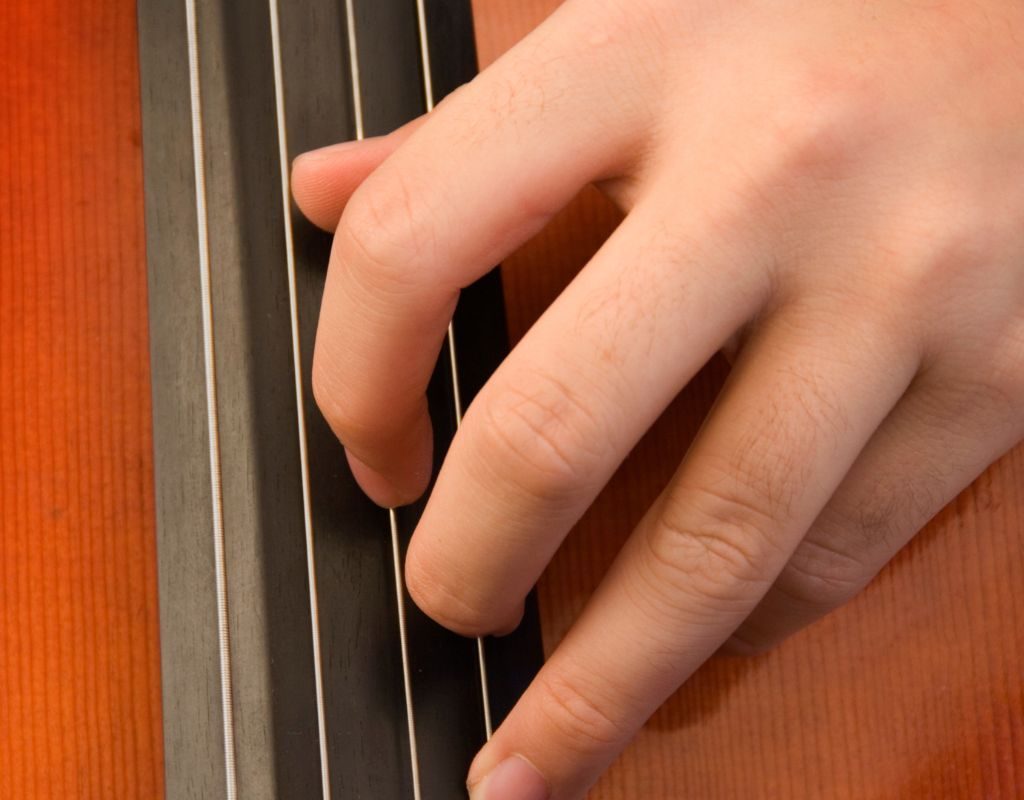
Extended positions: Used to access higher notes on the fingerboard.
When examining the chart, pay close attention to note names, finger numbers, and corresponding string placements. Use the chart as a reference when practicing your scales or learning new passages.
Also, learning techniques like vibrato will help you achieve a beautiful and expressive tone. Incorporate vibrato by gently oscillating your finger on a note, creating a slight variance in pitch.
Applying Fingerings to the Cello
Now that you understand the layout of cello fingering charts, it’s time to put them to use. Here’s a step-by-step guide to applying fingerings to your cello:

Identify the note you want to play, such as a quarter note or treble clef note.
Check the note’s finger number in the chart and see which string it’s on.
Place your finger on the corresponding string, following the chart’s guidance.
Keep the cello fingering chart handy when you practice, and use it as a reference to improve your skills.
Our Recommended Student Cellos
Cecilio CCO-100 Student Cello Outfit
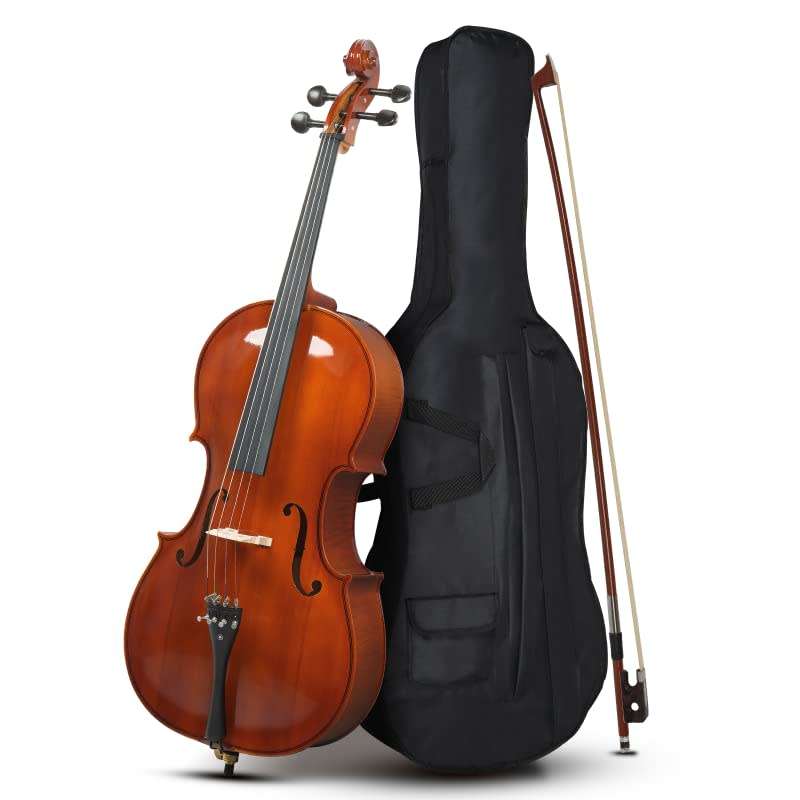
FEATURES: Hand-carved solid spruce top and solid maple back and sides
OTHER INFO: Ebony fingerboard and pegs
- Alloy tailpiece with 4 built-in fine tuners
- Available in multiple sizes to accommodate players of different ages and heights
- Affordable price point for beginners
- Comes with a bow, case, and rosin, making it a complete package
- Good sound quality for the price
- May require some set-up or adjustments out of the box
- Some users have reported issues with the bow not being of the highest quality
When you click ‘Check Price’, you’ll see there are loads of great places to buy this item. Our personal favorite is Sweetwater for the US, and Thomann and Gear4Music for the UK & Europe.
They are the largest music retailers, with excellent customer service, competitive prices, really fast shipping, and the longest guarantees.
The professional musician who wrote this article combined many things,
from the product build, manufacturer’s reputation through to feedback
from other users, to create our famous TedScore™.
Stentor Student 1 Outfit

FEATURES: Solid tonewoods for a superior sound
OTHER INFO: Durable yet precise pau rosa tuning pegs
- Wooden bow included so you can play right away
- Gig bag has backpack straps for easy transport
- The soft case needs to be handled with extra care to avoid damaging the cello during transport
When you click ‘Check Price’, you’ll see there are loads of great places to buy this item. Our personal favorite is Sweetwater for the US, and Thomann and Gear4Music for the UK & Europe.
They are the largest music retailers, with excellent customer service, competitive prices, really fast shipping, and the longest guarantees.
The professional musician who wrote this article combined many things,
from the product build, manufacturer’s reputation through to feedback
from other users, to create our famous TedScore™.
Yamaha VC7SG Intermediate Cello
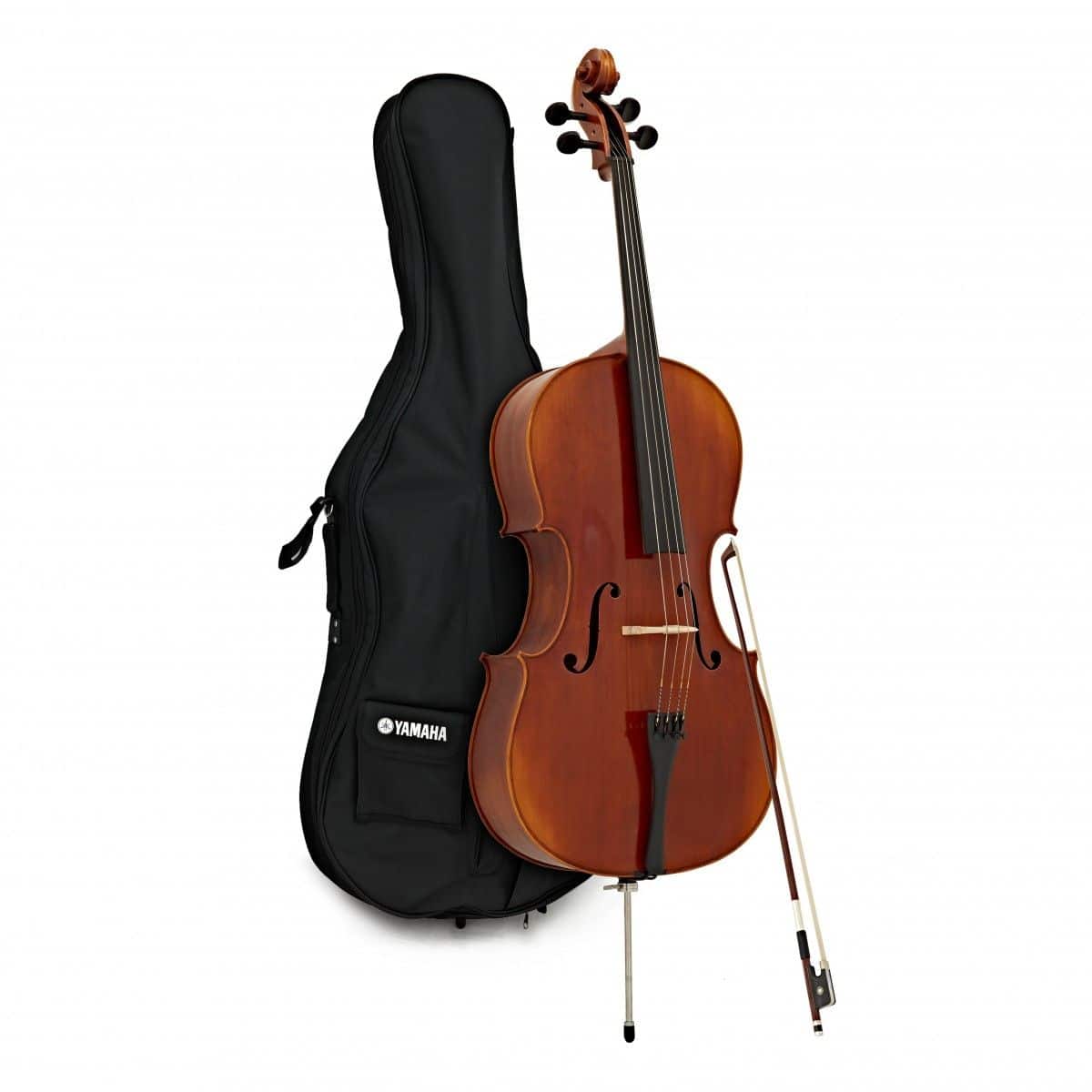
FEATURES: Built from high-quality wood and hand craftsmanship
OTHER INFO: Capable of beautiful rich tonal colours
- Hand-carved tonewood back and ebony fittings
- Comes with a soft case, bow, and rosin
- Offers fantastic projection and playability
- The sound may be too bright for some players
When you click ‘Check Price’, you’ll see there are loads of great places to buy this item. Our personal favorite is Sweetwater for the US, and Thomann and Gear4Music for the UK & Europe.
They are the largest music retailers, with excellent customer service, competitive prices, really fast shipping, and the longest guarantees.
The professional musician who wrote this article combined many things,
from the product build, manufacturer’s reputation through to feedback
from other users, to create our famous TedScore™.
Fingering Chart for Cello
Summary
Ah, we’ve come to the end of our cello-fingering chart adventure! I hope you’ve had as much fun reading as I’ve shared my cello wisdom.
Mastering the cello and making your practice sessions more efficient is a game-changer, and fingering charts are your secret weapon.
Whether diving into basic or advanced fingering charts, mastering the ‘four finger’ positions, or tackling more complex ones, these charts are your roadmap to cello mastery.
Don’t forget to give your fingers a workout with regular finger exercises.
Strengthening those hands will have you gliding through the cello fingerboard like a pro in no time.
Patience and consistency are your best friends on this cello journey. Just like when I was a young cellist learning the ropes, progress takes time, but the sweet sound of success is worth every moment.
Now, grab your cello, pick up your bow, and put your newfound knowledge into action. Happy practicing!
Wait, there’s more!
Check out our next article and discover the best cello rosins to perfect your bowing technique and enhance your cello performance: 7 Best Cello Rosin!
FAQ's
Fingering a cello involves pressing the strings against the fingerboard to produce different notes and pitches. The placement and pressure of the fingers determine the specific notes played on the instrument.
The notation for cello positions typically involves numbers placed above the musical staff to indicate which hand position should be used to play the notes. These numbers guide the cellist on where to place their fingers to produce the desired pitch.



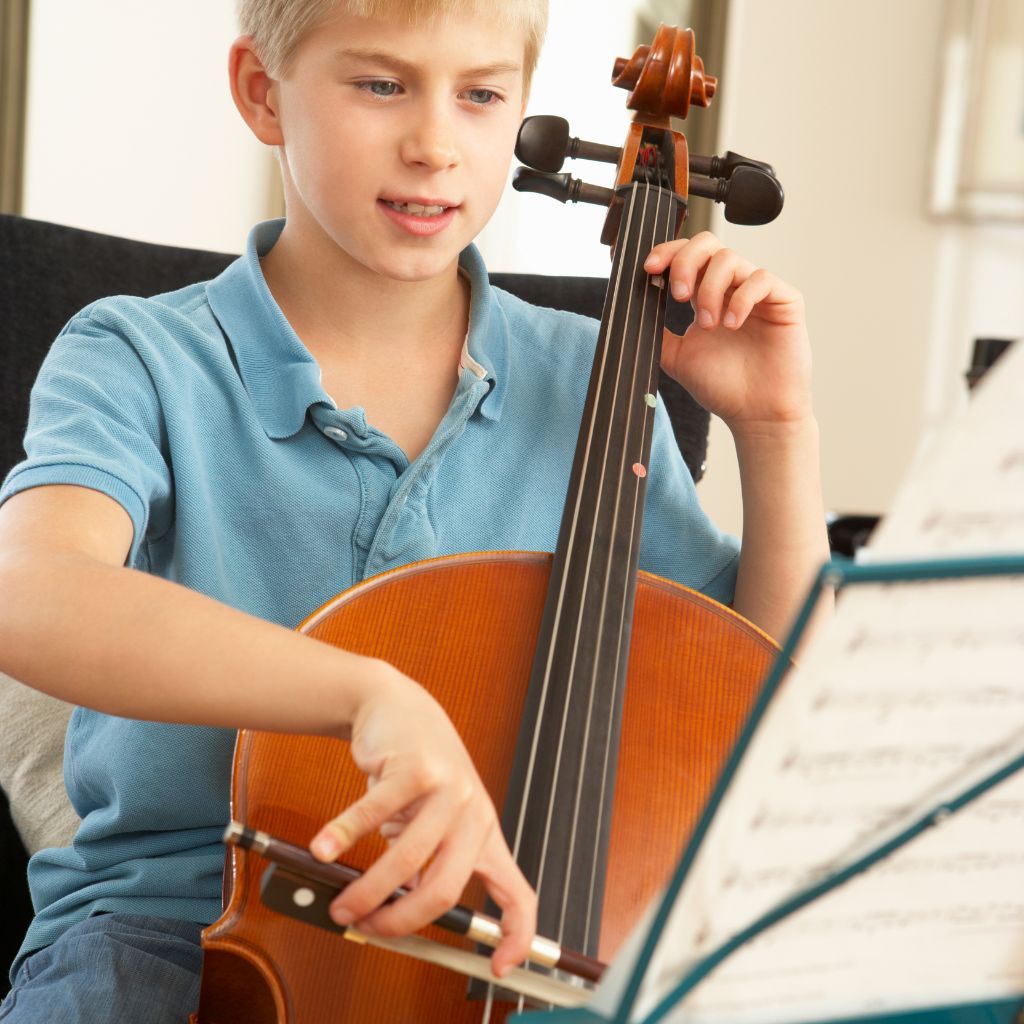

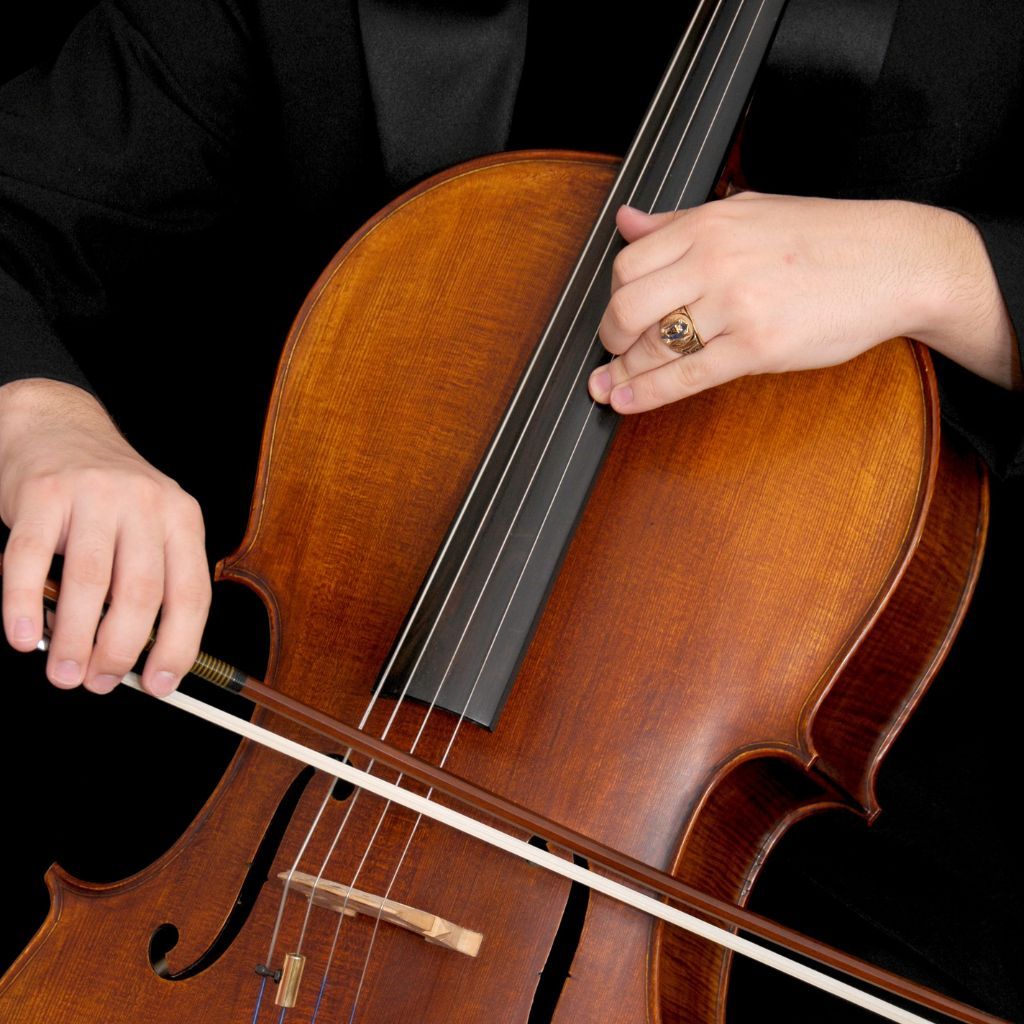
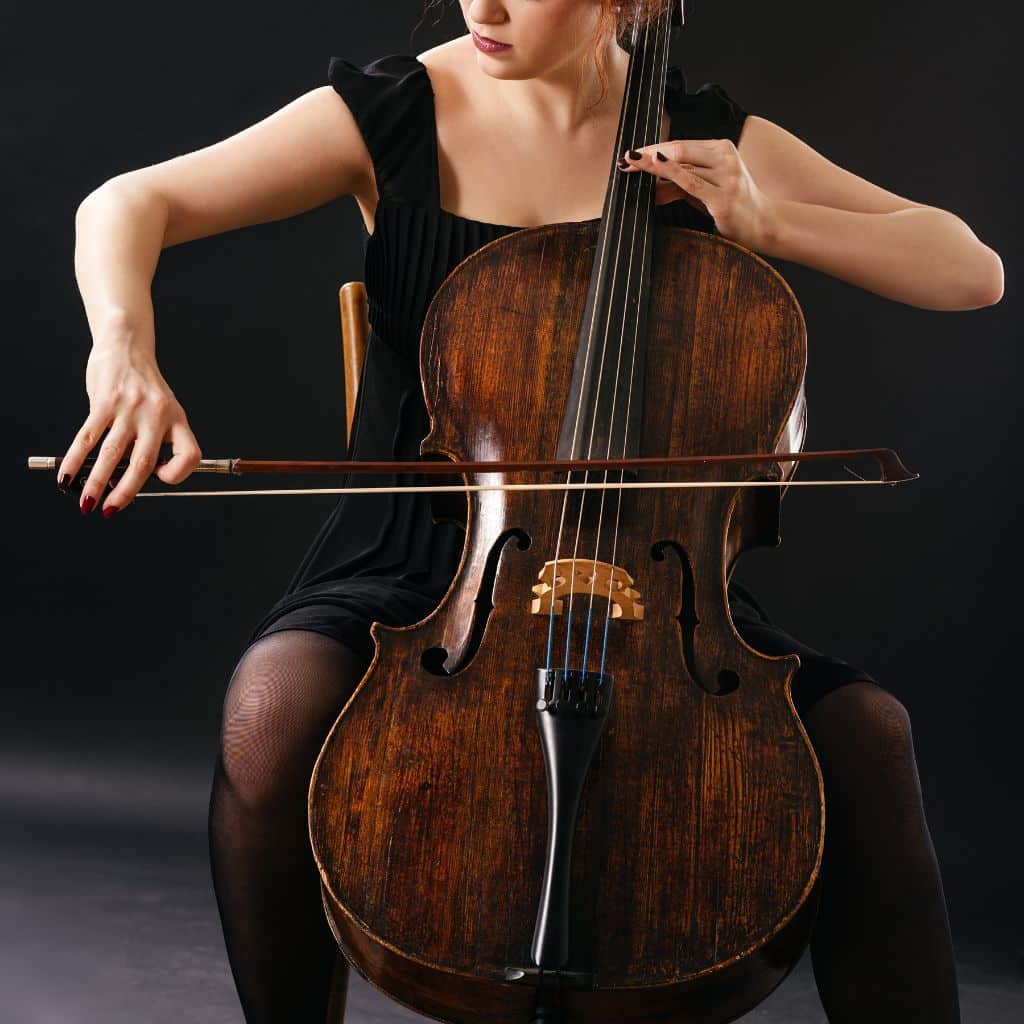








I don’t get why everyone’s so focused on charts. Just play what sounds right. It’s music, not math.
While I understand where you’re coming from, Fiddlesticks, there’s a lot of value in learning the theoretical side of music. It gives us a language to communicate with other musicians and helps solve some of the puzzles of music more efficiently.
fair point treblemaker, but still think we should keep things simple.
loved the part about reading fingering charts. always seemed like a puzzle to me but you made it click somehow. gonna try it out later today!
The section ‘Deciphering Chart Layout and Symbols’ is genuinely enlightening. I’ve struggled with reading fingering charts for the longest time, but the way you’ve laid out the symbols and their meanings is quite straightforward. I also appreciate the emphasis on applying these fingerings directly to the cello. Many forget that theory must be practiced to be fully understood. Keep up the great work enlightening us aspiring musicians.
Hey Carina, awesome piece on the cello! Quick question about the fingerboard importance. You mention its significance, but could you maybe dive a bit deeper on how different materials (like ebony vs. rosewood) can impact sound quality and playability? I’ve heard mixed opinions and would love to hear your take on this!